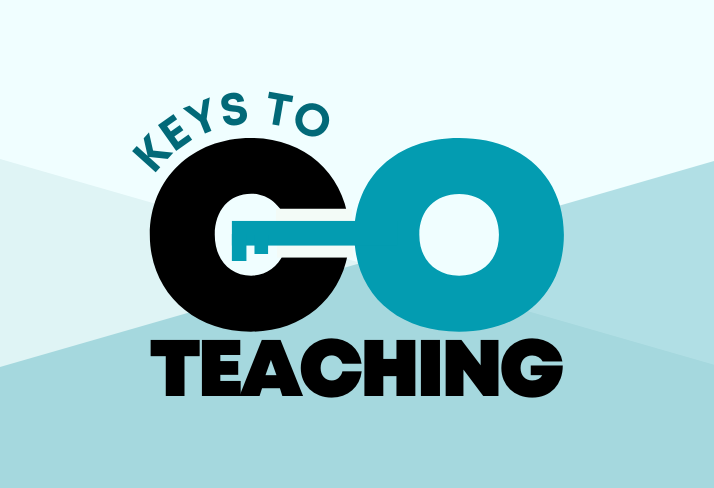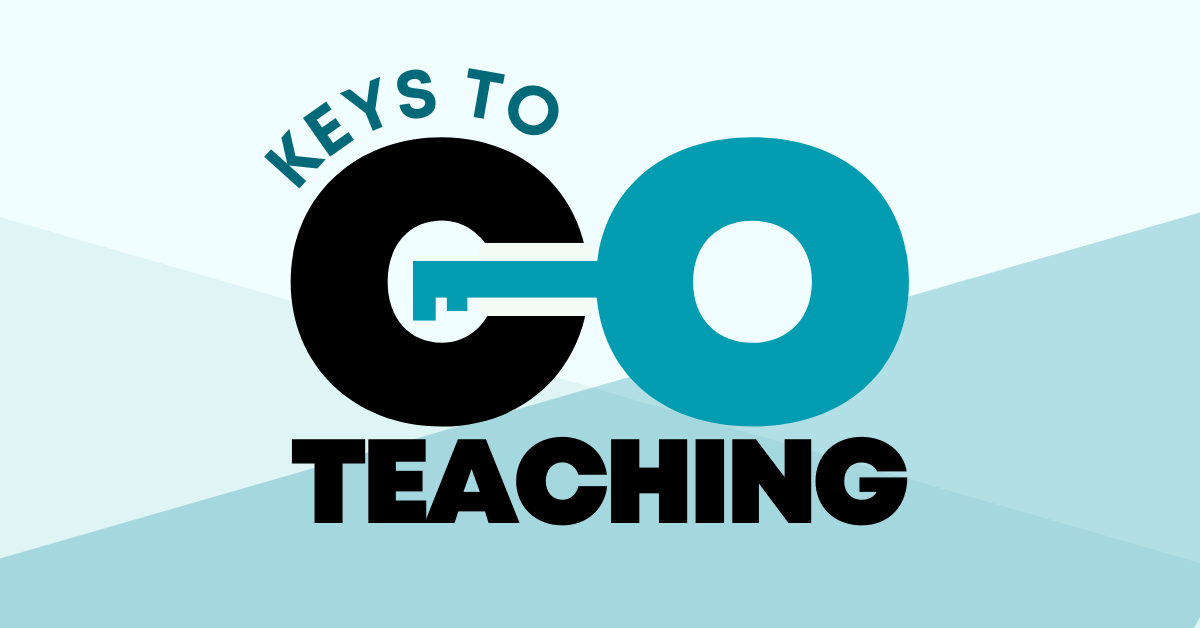|
Six practical co-teaching strategies that remain effective even in the absence of co-planning.
If you are a special education teacher and you are co-teaching in multiple subject areas, you may be running from classroom to classroom, with a cart or a crate of supplies, adjusting to your co-teacher’s teaching style and your students’ changing attitudes towards particular classes. Day after day, this can be exhausting and challenging! It is not uncommon for special education teachers to feel overwhelmed trying to stay on top of all of their classes, at all times. Throw into this mix co-teaching a new content class or one that is particularly unfamiliar to you, and it can feel impossible to stay afloat or to co-teach with confidence.
According to the NYCDOE, the purpose of co-teaching, or the Integrated Co-Teaching (ICT) program, is for the general education teacher and the special education teacher to “work together to adapt materials and modify instruction to make sure the entire class can participate.” For this to happen effectively, co-teachers need time to meet, think, plan, and reflect on their instruction together. But what can you do when that co-planning time isn’t possible?
Persevering in the absence of co-planning
This year, I am working in high schools where co-teachers do not have common prep periods to plan or debrief, or the special education teacher is co-teaching in five different content classes, so juggling between different classes and co-teachers is a real issue. Yet I have found that a special education co-teacher who was not able to participate in the planning of an ICT class can still be an effective and essential teacher in the room. There are ways that a co-teacher can continue to support students in a circumstance where co-planning is not an option.
Let me be clear: I am not advocating for this type of co-teaching model where one teacher is not prepared for class (due to lack of common planning time or other reasons outside of their control). Ideally, co-teachers are receiving professional support and have time built into their schedules to meet and plan together, and even discuss which of the six co-teaching models makes the most sense for each particular lesson.
If they do not have regular time to meet together, the content teacher can still prioritize delivering materials and lessons with adequate time for the special education co-teacher to make modifications, or create groups based on students’ needs. But even when these options aren’t possible, there are ways that a co-teacher can play an essential role in the classroom in the absence of adequate planning or prep time. By remaining active in class — as a learner, notetaker, or observer — the special education co-teacher can raise the level of instruction and thus ensure all students are benefiting from having two educators in the classroom. |
|
The Center for Professional Education of Teachers (CPET) at Teachers College, Columbia University is committed to making excellent and equitable education accessible worldwide. CPET unites theory and practice to promote transformational change. We design innovative projects, cultivate sustainable partnerships, and conduct research through direct and online services to youth and educators. Grounded in adult learning theories, our six core principles structure our customized approach and expand the capacities of educators around the world.
|
ABOUT US
525 West 120th Street, Box 182 New York, NY 10027 416 Zankel Ph: (212) 678-3161 [email protected] Our Team Career Opportunities |
RESOURCES
Professional Articles Ready-to-Use Resources Teaching Today Podcast Upcoming PD Opportunities |
COACHING SERVICES
Custom Coaching Global Learning Alliance Literacy Unbound New Teacher Network Student Press Initiative |



























